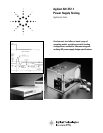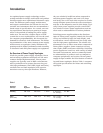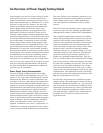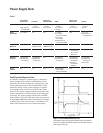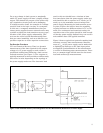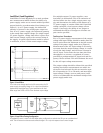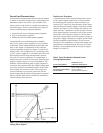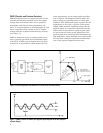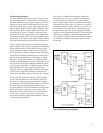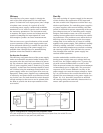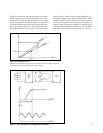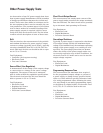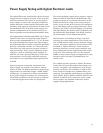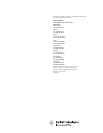
8
PARD (Periodic and Random Deviation)
PARD (formerly known as ripple and noise) is the
periodic and random deviation of the DC output
voltage from its average value, over a specified
bandwidth, and with all other parameters con-
stant. It is representative of all undesirable AC and
noise components that remain in the DC output
voltage after the regulation and filtering circuitry
(see Figure 7).
PARD is measured in rms or peak-to-peak values,
and is typically specified over a bandwidth range
of 20 Hz to 20 MHz. Any deviation below 20 Hz is
included in a specification called output drift. In
some applications, a low output ripple specifica-
tion is critical. An example would be where the
power supply is providing power to a high gain
amplifier with inadequate ripple rejection for the
application. In this case, a portion of the power
supply PARD would be amplified along with the
desired signal. It is extremely important that the
PARD value be specified as a peak-to-peak value
as well as an rms value in this application. The
peak-to-peak value would provide information on
high magnitude, short duration noise spikes while
the rms value would be beneficial for determina-
tion of the expected signal-to-noise ratio.
Figure 6. Test Configuration and Results for Current Limit Characterization
Figure 7. PARD Consists of Undesirable Signals Superimposed on the DC Output of
a Power Supply



